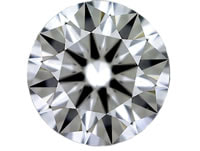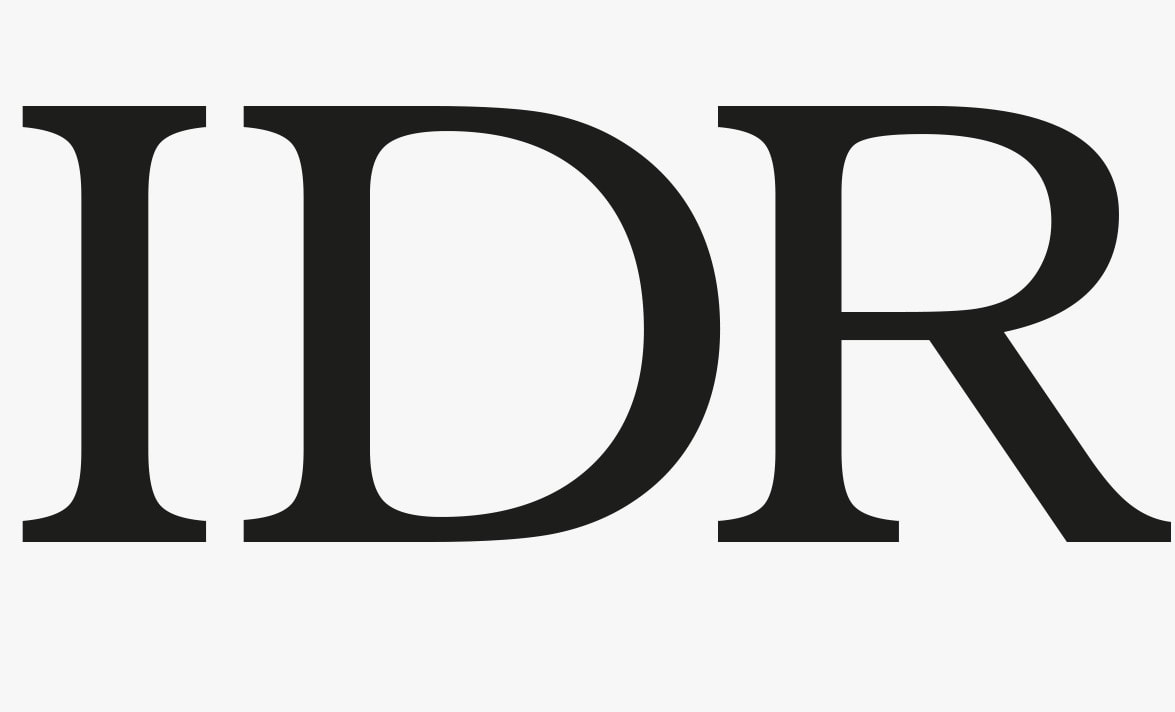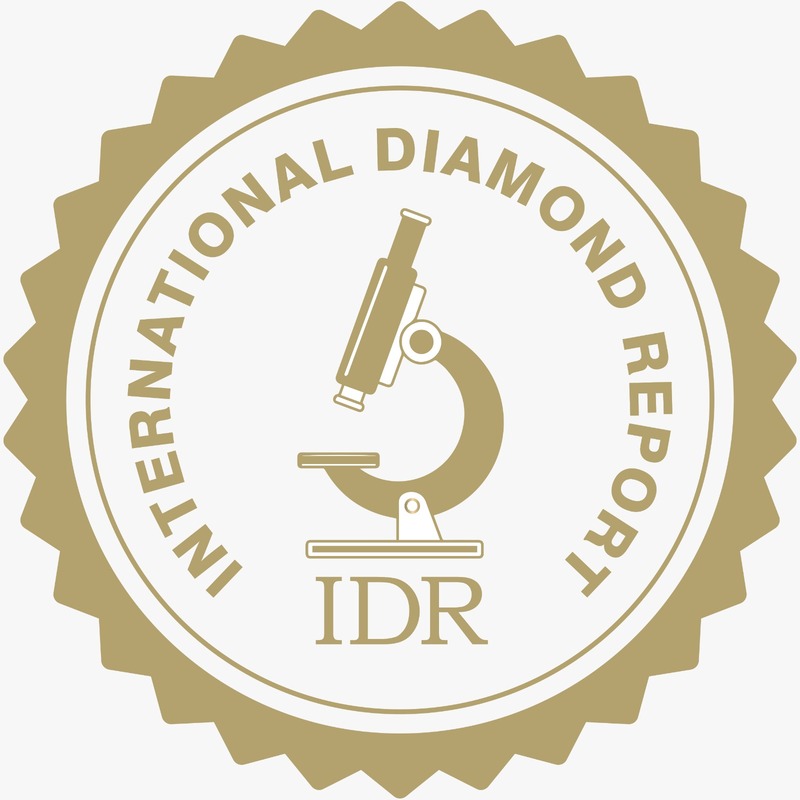CUT , POLISH & SYMMETRY
|
CUT
Cut refers to a diamond's proportions, symmetry and polish. When a diamond is fashioned from a rough stone, the cutter must balance optimal cut (and therefore appearance) against maximum yield (cutting the diamond to maintain as much carat weight from the rough stone as possible). Because many customers are willing to pay more for a larger, fair-cut cut diamond than for a slightly smaller, well-cut diamond, there is pressure on the cutter to sacrifice appearance for weight. This is why the Cut grade is so important; it allows the purchaser to identify those stones that were cut Fair to Poor in an effort to gain carat weight.
|
POLISH
Polish refers to the degree of smoothness of each facet of a diamond as measured by a gemologist. When a diamond is cut and polished, microscopic surface defects may be created by the polishing wheel as it drags tiny dislodged crystals across the diamond's surface. Depending on the severity, these defects may disrupt light patterns as the light rays enter and exit the diamond.
|
SYMMETRY
Symmetry refers to how precisely the various facets of a diamond align and intersect. This can include extra or misshapen facets, off center culets and tables, and wavy girdles. A diamond with poor symmetry may misdirect light that travels into the diamond, sending it off at slightly wrong angles, and thereby reducing the diamond's brilliance. Often, a diamond cutter will purposefully allow a minor reduction in symmetry as a way of preventing a defect present in the rough stone from being retained as part of the finished diamond.
|
|
|
|
© IDR ( INTERNATIONAL DIAMOND REPORT ) 2021


